Reimagining Industrial Safety with GenAI and Data Engineering
Industrial safety depends on timely action and accurate information.
Our team set out to make both effortless through an AI-powered Industrial Safety Assistant that supports on-ground technicians with instant guidance, fault insights, and preventive measures, all powered by GenAI and Data Engineering.
This project combines RAG-based knowledge retrieval, contextual response generation, and real-time operational data – designed to work in fast, high-risk environments where every second matters.
The initiative was driven by a cross-functional team that brought together engineering depth and domain intuition:
→ Dipesh Bhavsar – Technical Project Manager
→ Vipul Makwana – Technical Leader
→ Palak Patel – Scrum Master
→ Ghanshyam Savaliya – Senior Software Engineer II
→ Alpesh Padariya – Senior Software Engineer II
→ Darshit Gandhi – Senior Software Engineer II
→ Swati Babariya – Senior Software Engineer I
→ Rency Ruparelia – Software Engineer
→ Bhavya Thakkar – Associate Software Engineer
→ Jil Patel – Associate Software Engineer
Together, they showcased how industrial safety can evolve from compliance to intelligence, where every query, alert, and recommendation is powered by data awareness and AI reasoning.
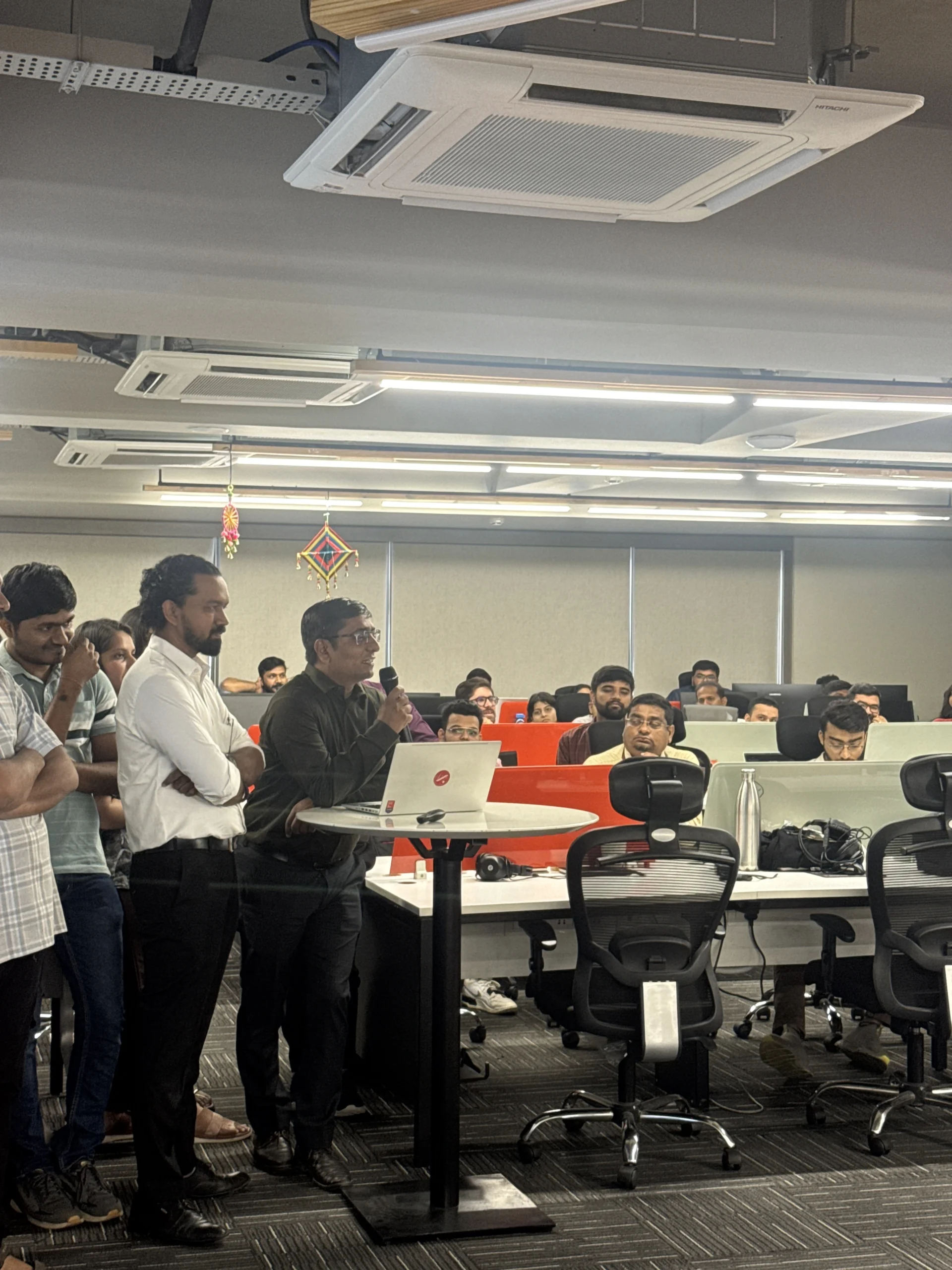
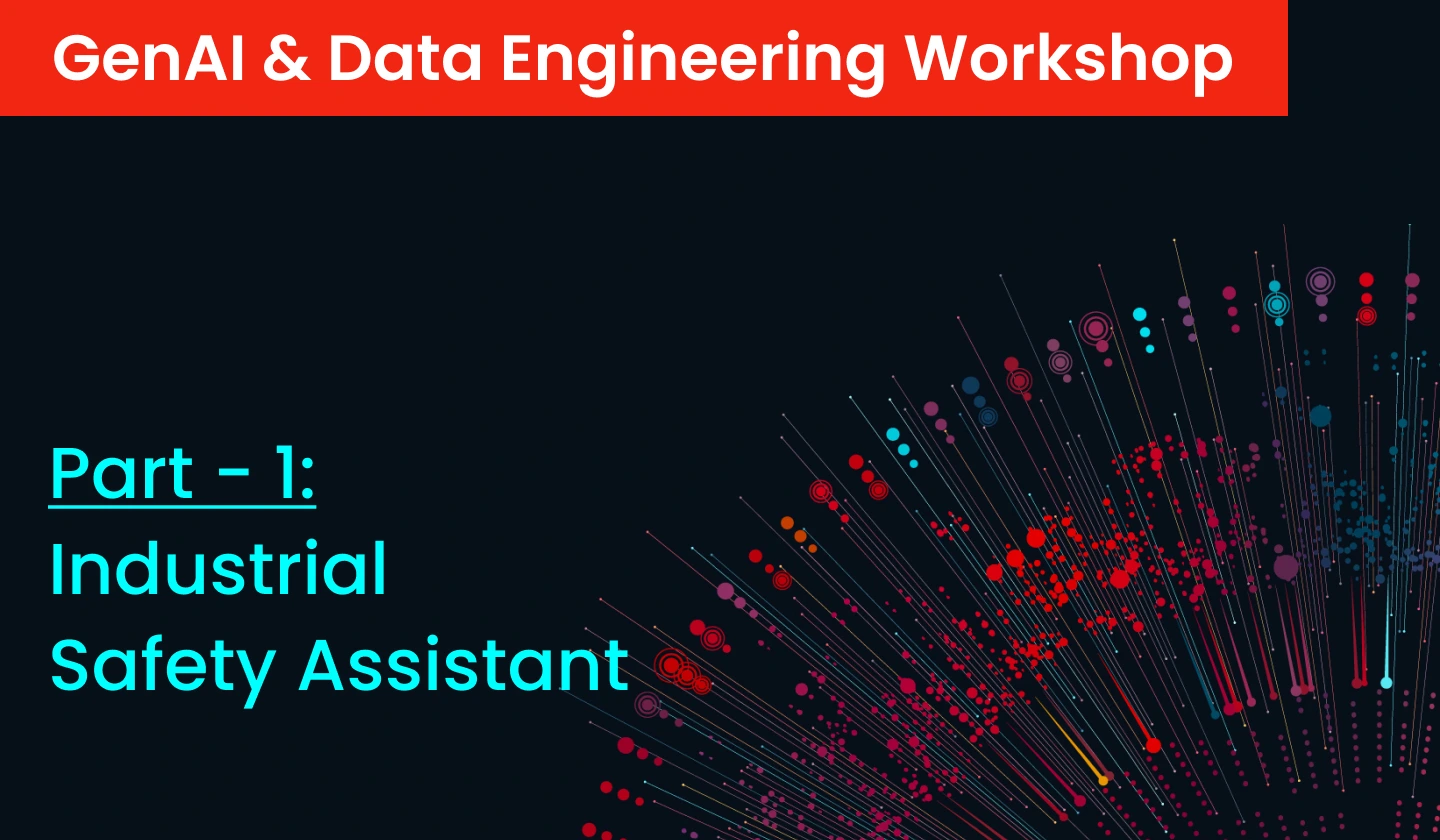
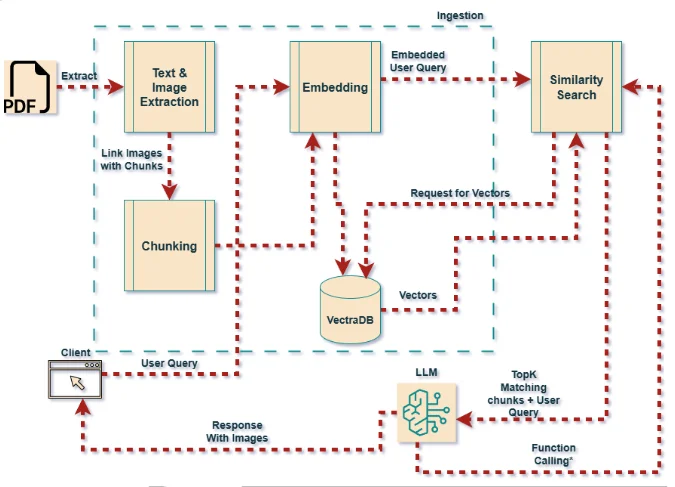

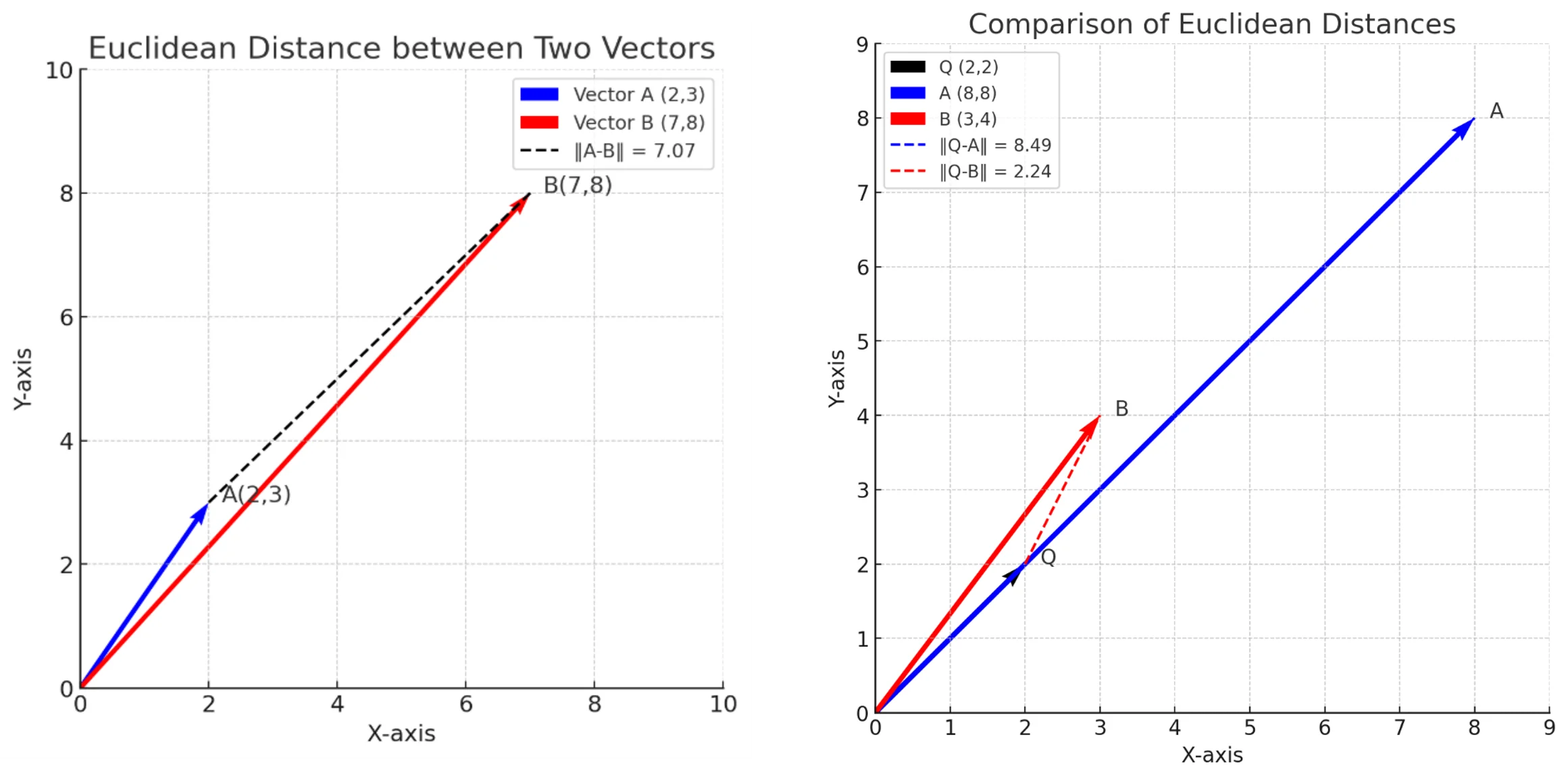
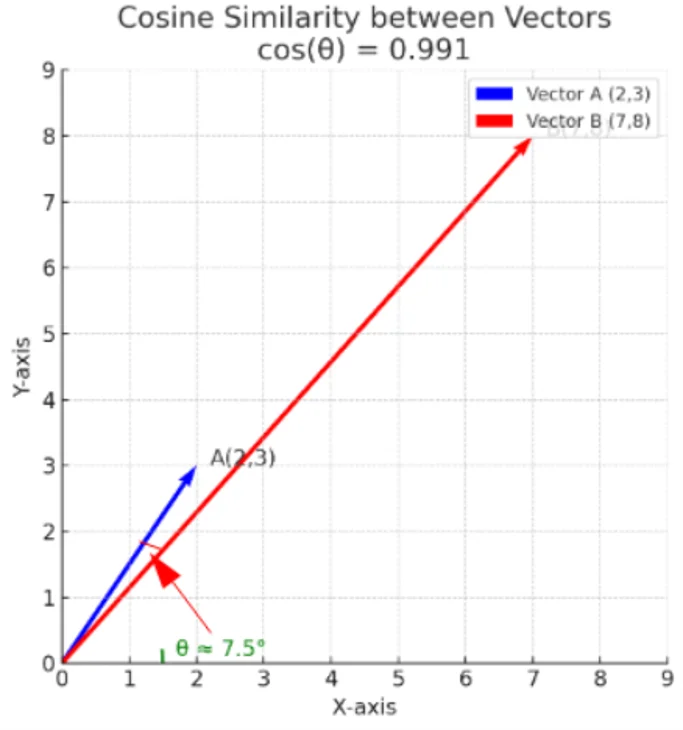
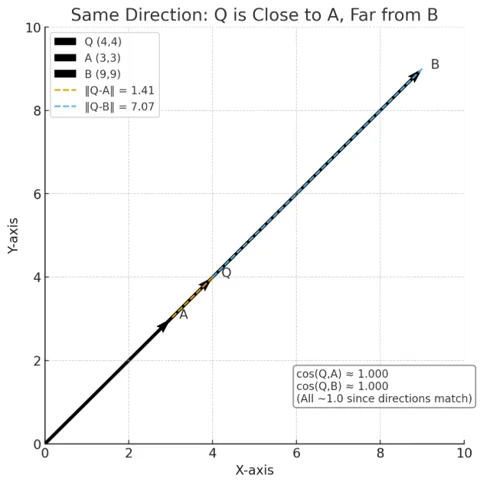



 9 mins
9 mins
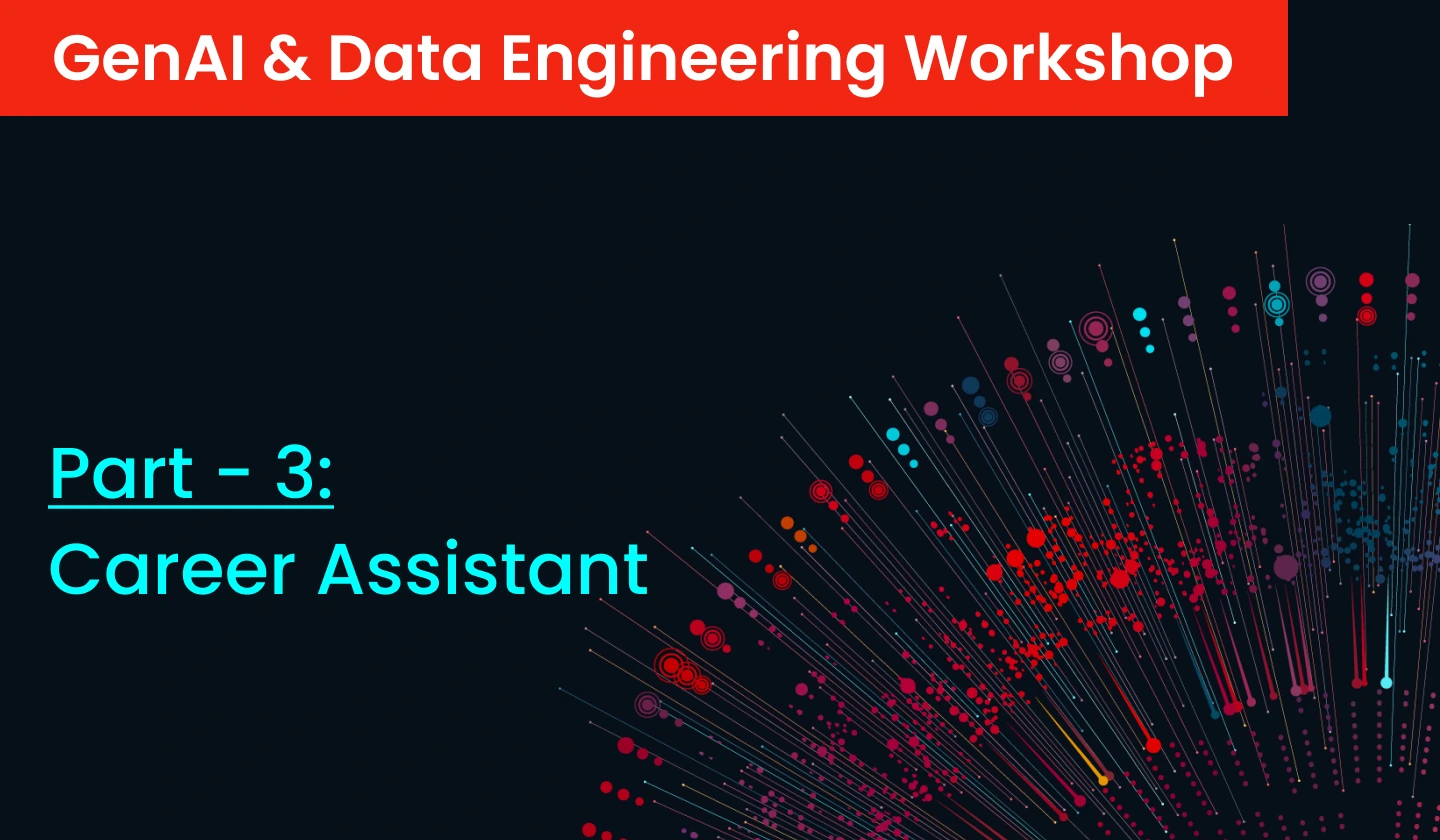










 Talk to Our
Consultants
Talk to Our
Consultants Chat with
Our Experts
Chat with
Our Experts Write us
an Email
Write us
an Email





